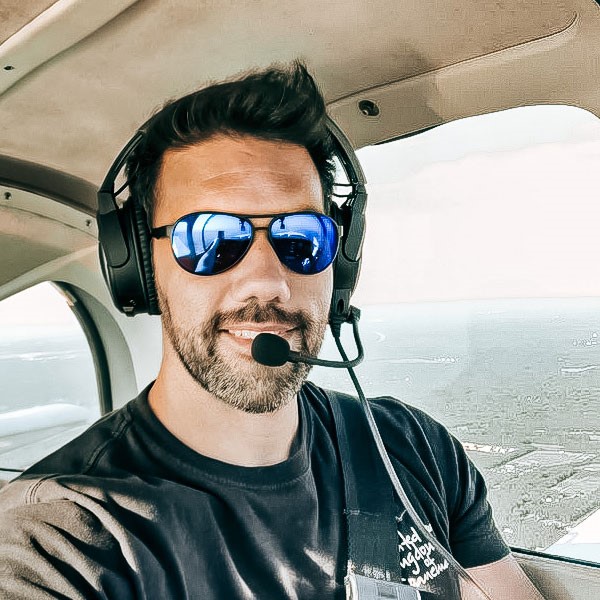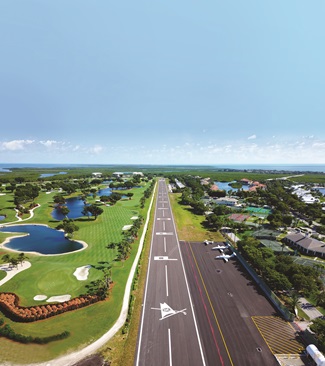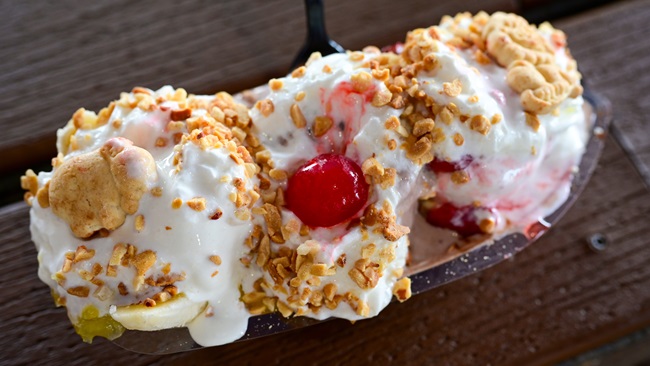New Jersey to the Bahamas
The adventure of a lifetime in my Grumman Cheetah
It was about 8:45 a.m. Eastern time on a Friday in November when the landline phone at the New York Tracon started ringing. With a fast-paced, caffeinated tone that is a trademark of air traffic control in the area, a controller answered: “New York Tracon, good morning.”
Sitting at the runup area at Somerset Airport in New Jersey, engine steady at 1,000 rpm, oil temperature slowly rising as it overcame the 35 degrees Fahrenheit outside, I requested my IFR clearance to Kinston Regional Jetport at Stallings Field in North Carolina —a fuel stop on what would be a 2,500-mile round trip from New Jersey to North Eleuthera, Bahamas.
Back then, I was based at Brookhaven Airport in New York, and I started small: day trips to Block Island, Connecticut, and upstate New York. Then came the weekend trips to Maine, New Hampshire, Pennsylvania, and Maryland. In 2021, I flew my Cheetah to Florida for the Sun ’n Fun Aerospace Expo, and then to Wisconsin for EAA AirVenture Oshkosh. But the biggest flying adventure with my dear N9984U was yet to come.
In 2023, my wife and I would celebrate our fifteenth anniversary, and we wanted to do it at a bucket list place for us: the Bahamas. We agreed that taking a Delta Air Lines flight wouldn’t make the trip as special as flying ourselves would.
From finding dates around our busy work schedules to picking the islands we wanted to visit, looking at hotels, and more, planning took us around six months. As the pilot, my homework assignment was slightly bigger: building a flight plan, learning the procedures to fly internationally and deal with customs, making sure 84U had no squawks, and ensuring I was current and proficient enough to handle the challenges such an adventure presents.
That Friday morning at Somerset, I lined up on Runway 30, holding the brakes as I advanced the throttle. As the airplane was close to maximum gross weight—loaded with bags, life vests, a raft, and 43 gallons of avgas—I wanted to achieve full static power before the wheels started rolling on the 2,700-foot runway.
Hours later, at 5 p.m., those same wheels touched down in Georgia on Runway 10 at Savannah/Hilton Head International Airport, our second and last stop for the day. That was my first visit to Savannah, but not my Cheetah’s. It had been there before, at least one other time: the day it rolled out of the factory for its test flight. Built in 1977, it was one the AA-5x airframes built by Gulfstream American in Savannah after the company acquired Grumman. An unexpected homecoming for 84U, I thought as I taxied past the numerous hangars with the word “Gulfstream” painted in 20-foot-tall letters.
After spending a weekend with friends, we took off from the same Runway 10 the following Sunday headed to Palm Beach International Airport, our last stop before crossing over to the Bahamas. Palm Beach is the closest airport to the Grand Bahama island (63 nautical miles), and would limit our time flying over open water. From there, the plan was to cancel IFR and visually navigate over the Grand Bahama and Abacos islands all the way to North Eleuthera.
We had a good night of sleep at Palm Beach and by 8 a.m. we were back at the FBO for what would be the final and most challenging leg of the journey. In addition to the life raft and vests (the latter being mandatory, and required to be U.S. Coast Guard-approved), our emergency package included a GPS locator that allowed me to text via satellite, a first-aid kit, water, and a handful of granola bars.
Click images to enlarge photos and view captions.



Before starting the engine, I mentally went over my checklist of documents one last time: passports and visas, three copies of Form C7A for Bahamas customs, a radio license for myself and a radio station license for the airplane, the original aircraft registration and airworthiness certificate, a Customs sticker for our return to the United States, and a filed eAPIS (Electronic Advance Passenger Information System) notice, reporting our departure date, time, and location.
We got our IFR clearance and departed Runway 10R at precisely 9:05 a.m., heading east over the Atlantic Ocean while climbing to our filed altitude of 9,000 feet. As the Florida shoreline slowly faded through the large back-seat windows of the Cheetah, my wife teared up.
“What’s wrong? Are you ok?” I asked.
She looked at me, smiling, and said, “I’m just happy. I never dreamed we’d be doing something like this.”
My mind teleported back to 2020, to the nights I used to spend looking at online airplane listings and thinking: Is buying a plane the right choice for me? Not that I still needed any confirmation by now, after having had the best three years of my life with it, but my wife’s tears of joy were the definite answer: Yes, it was the absolute right choice.
We landed at North Eleuthera Airport an hour and 53 minutes later, completing what was my longest adventure as pilot in command to date. The feeling of accomplishment and fulfillment that followed is something only pilots will ever understand. That, in addition to the turquoise waters and pink sand beaches of Harbour Island, made this the most incredible vacation my wife and I ever had.
We soaked up the sun; indulged in fresh lobster and conch; refreshed our tan; and even found time to do Island-hopping, flying to Farmer’s Cay and Staniel Cay for a day.
A week later, the wheels of 84U touched down on Runway 12 at Somerset, wrapping up a 2,500-mile journey that I’ll honestly never forget.
In aviation, I find that the first time you do anything can be intimidating and, at times, scary. Flying myself to the Bahamas was no different. But I was glad to learn that there are numerous online resources that can make planning and preparations easy and straightforward.
AOPA’s Bahamas Pilot's Guide is one of them. It literally outlines everything you need, from documents and forms to safety equipment and even an extensive list of places to stay and visit, restaurants, and where to rent a golf cart or a bike. The customs forms can also be downloaded directly, which saved me time and hassles before departing.
The next time I fly myself to the island paradise of the Bahamas will be much easier: I know what to expect, what to avoid, and what I should be doing differently. In fact, I’m already planning the next one. But in the meantime, I’ve been sharing my experience from this first trip through social media in the hopes I can help—and perhaps inspire—other pilots to go on a similar adventure. A video of this trip, including incredible footage that I captured in the Bahamas, is above, and also available on my YouTube channel. You can see additional videos and photos on my Instagram page.
Back at Somerset, in a somewhat cold and quiet hangar, 84U is taking a much-needed rest from the 26.9 hours of flying to the Bahamas and back. And while I’m sure it welcomes the downtime, I know that, if it’s anything like me, it’s already thinking:
Where are we going next?




